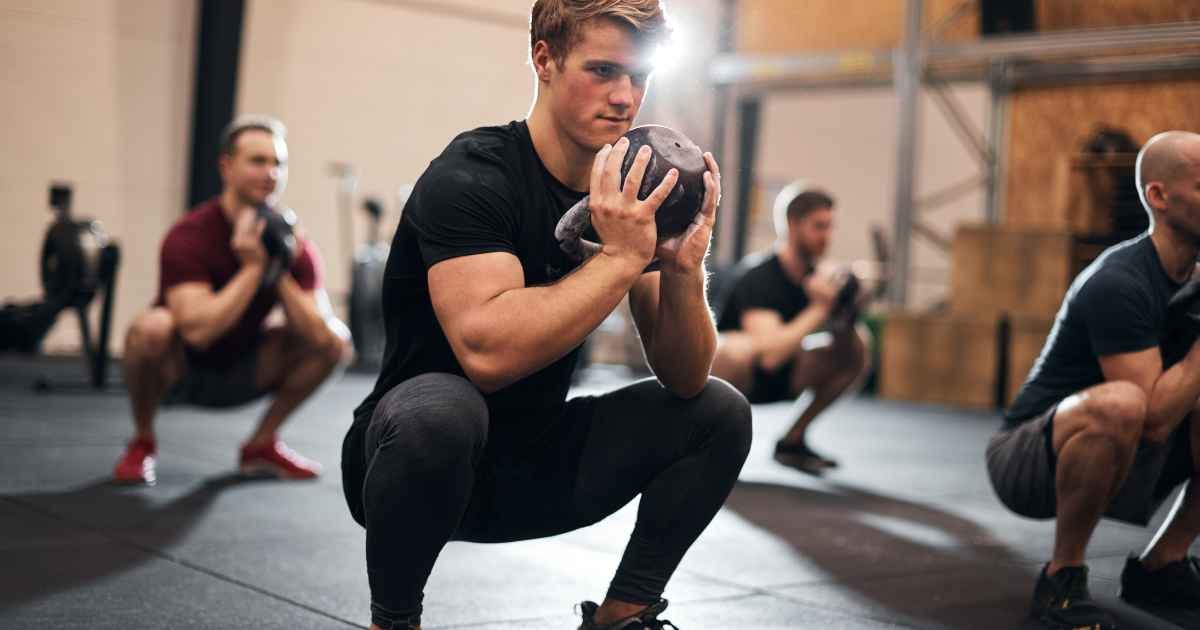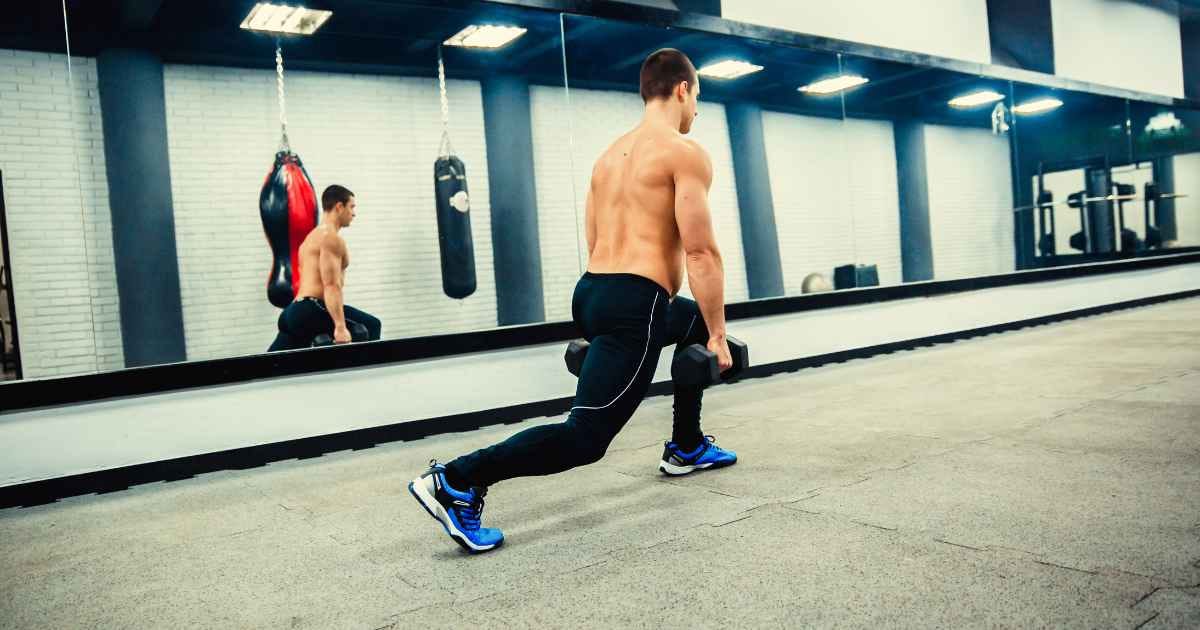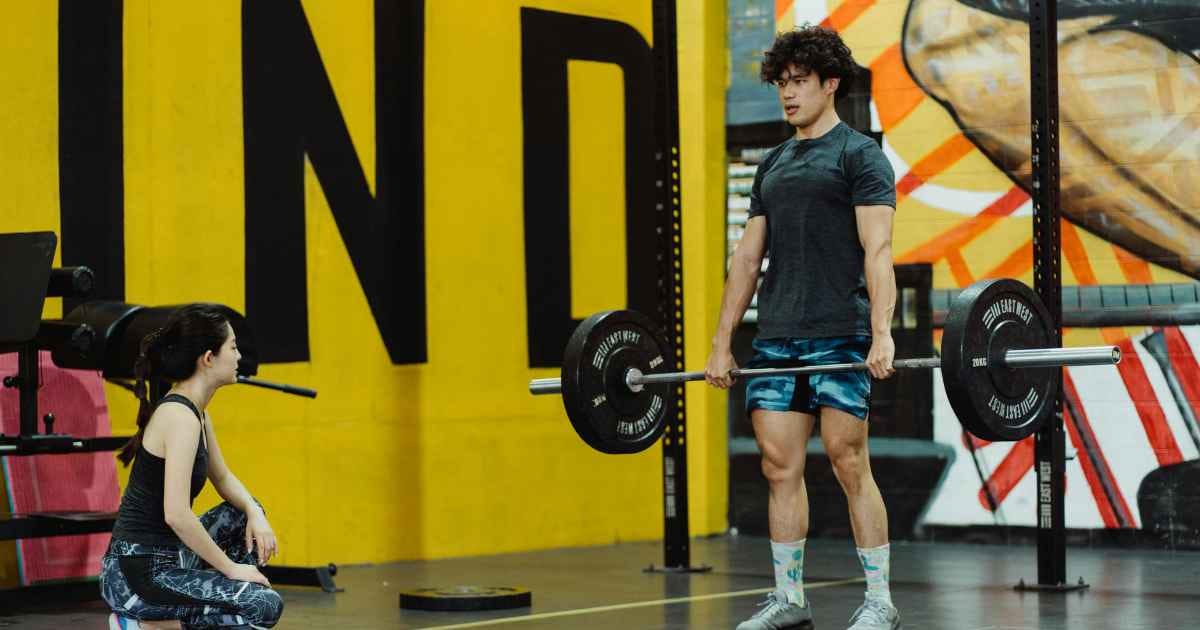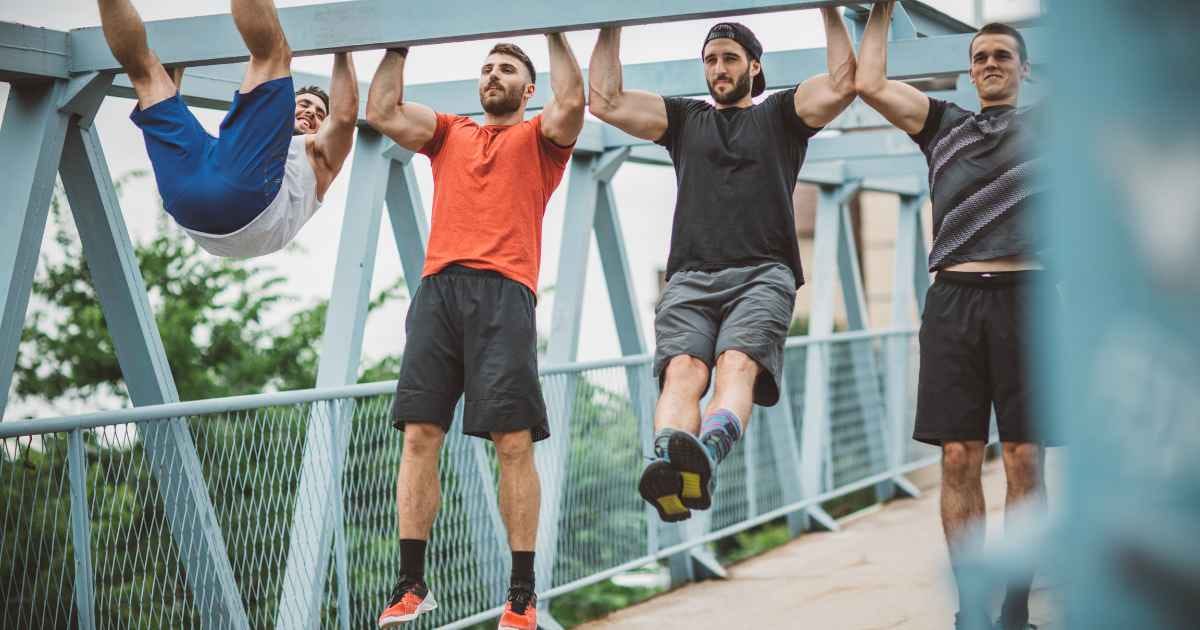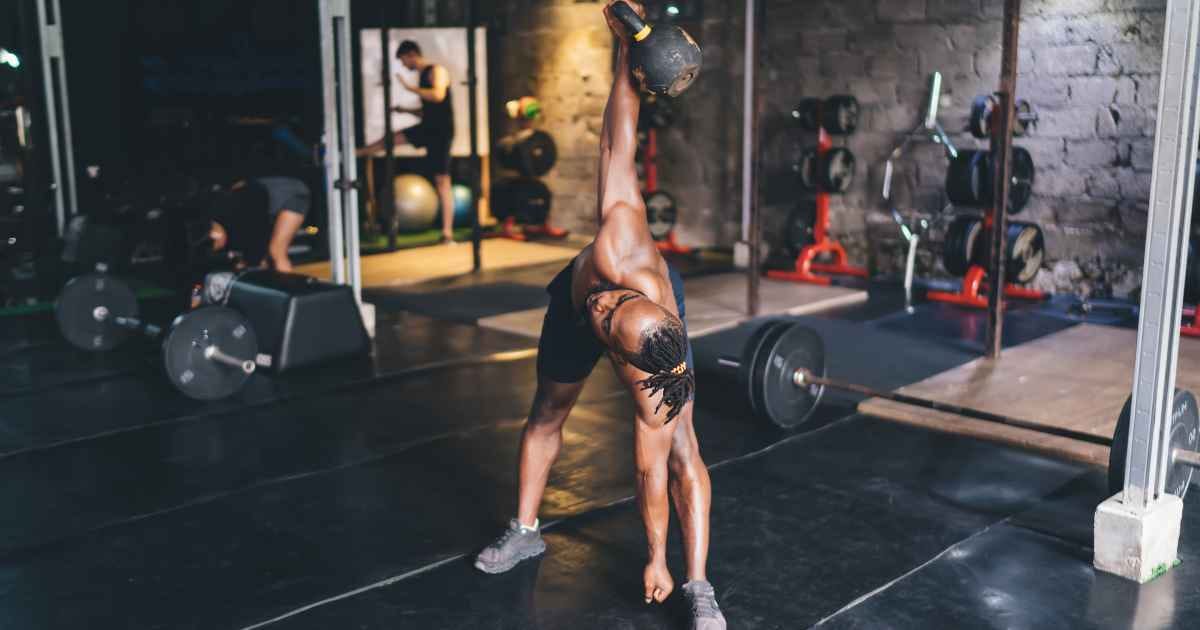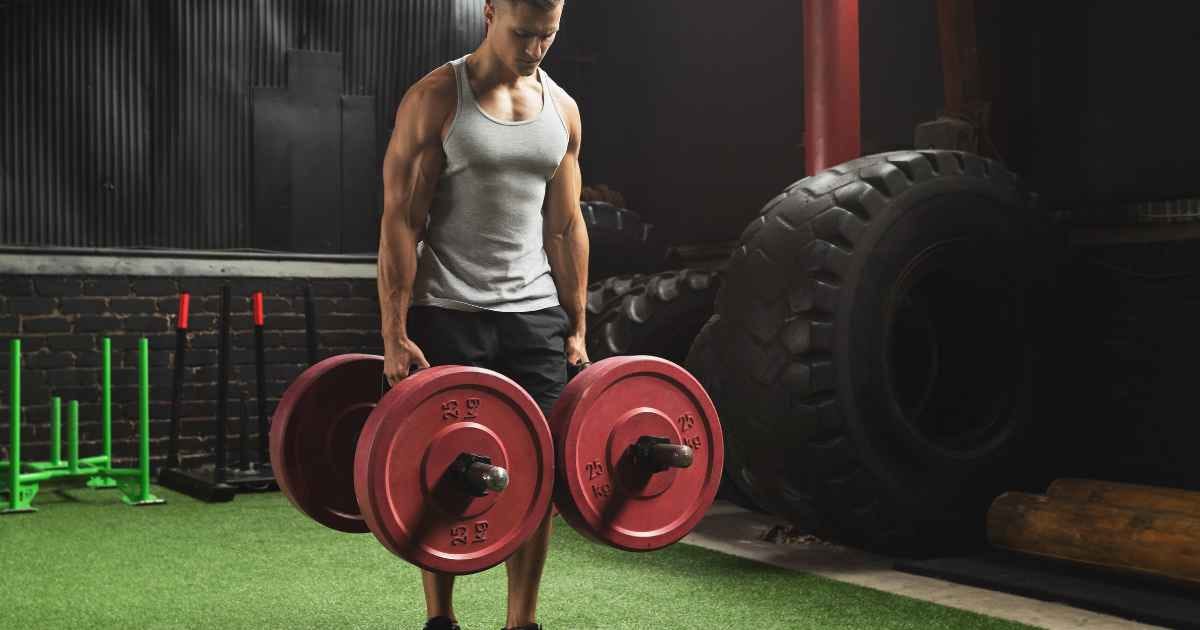Functional Training: Movement Patterns Are Everything
These Movement Patterns Will Make You Stronger and More Mobile
A big problem you'll encounter online is that much of the training advice is watered-down bodybuilding.
The issue with bodybuilding is that its sole focus is aesthetics and maximizing muscle growth.
Many bodybuilders couldn’t care less about health and performance.
Now, I’m not saying isolation exercises are bad; there is definitely a time and place for them.
However, isolation exercises should be done in moderation.
The real foundation of your workouts should really be built around the 7 fundamental movement patterns I’m about to discuss.
Why?
Because focusing on these patterns will help you maximize your results and create a more balanced, functional body.
Movement Pattern #1 The Squat
Let's keep it stupid simple:
The squat—the squatting movement pattern—is the king of lower body exercises.
However, don't make the mistake I made in my early 20s by focusing only on the barbell back squat.
Yes, the barbell back squat is a fantastic exercise, but there are many other variations of the squatting movement pattern, and you don't strictly need to barbell back squat.
For example, if you're a beginner and new to strength training, I would recommend starting with the goblet squat, as shown in the image above.
The goblet squat involves holding a dumbbell or kettlebell close to your chest while you squat.
This variation is excellent for beginners because it essentially forces you to squat correctly.
The weight in front of your body helps keep your back upright, and as a nice little side effect, it also hammers your core.
Another variation I highly recommend is the Bulgarian split squat.
And when you start loading this exercise, it is absolutely brutal— but in a good way.
This one-legged squat improves your balance and stability, which is fantastic for injury prevention.
Because you are working one leg at a time, it also helps irons out any strength imbalances between both sides because let's be honest, we all tend to favor one side.
So if you want to be balanced and strong on both sides, you need to train unilaterally (single limb) and this leads perfectly into the next movement pattern and that is the lunge.
Movement Pattern #2 The Lunge
Just like the Bulgarian split squat, the lunge places you in a split stance position (see image above).
Training this way (single limb), as I mentioned earlier, is a fantastic way to iron out weaknesses.
The beauty of the lunge, much like the squatting movement pattern, is that there are many variations.
Let’s explore these in a bit more detail.
Stationary Lunge
The first variation I highly recommend mastering is the stationary lunge. This exercise keeps you in a static position where you simply lower down and come back up. Once you become competent with the stationary lunge, you can start adding movement.
Forward and Reverse Lunges
With the forward lunge, you move your front leg forward. The reverse lunge is the opposite, where you move your back leg backward. These variations work your muscles differently, providing a more comprehensive lower-body workout.
Lateral Lunge
Finally, we have the lateral lunge. This movement is incredibly underrated because we rarely move our bodies sideways.
Since you are moving your body in a completely different direction, it works the muscles differently triggering new growth and strength.
Do not neglect the lateral lunge.
Movement Pattern #3 The Hinge
If you want to develop strength, power, and increase your athletic performance, it is in your best interest to work the posterior chain.
For those that don’t know the posterior chain is basically a fancy word for the backside of the body, and this is where the hinge movement pattern comes in.
Understanding the Hinge Movement Pattern
The hinge movement pattern involves exercises where you shift your hips back while maintaining a neutral spine.
Key Exercises: Deadlifts and Their Variations
The first exercise I want to discuss is the deadlift. Like many exercises, there are plenty of variations you can try:
Conventional Deadlift: Deadlifting off the floor with a standard stance (see image above).
Sumo Deadlift: A wider stance that targets the hips differently.
Romanian Deadlift: My personal favorite, because it blew up my hamstrings like no other exercise.
To progress further, you can try single-leg deadlifts, which are absolutely brutal but highly effective.
Similar to the Bulgarian split squat, single-leg deadlifts help iron out muscular imbalances because you are working one leg at a time.
The Importance of Kettlebell Swings
Before moving on to the next movement pattern, it’s important to mention kettlebell swings.
The kettlebell swing is a hip hinge movement that develops power by moving the weight at speed.
So while deadlift build raw strength, kettlebell swings build raw power through explosive hip drive.
Movement Pattern 4: The Push (Upper Body)
What you must know is that there are two types of pushing movements.
The first type is horizontal pushing movements, and the second type is what’s called vertical pushing movements.
You must do both because failure to do so will:
Lead to muscle imbalances,
Increase the risk of potential injuries, and
Reduce performance inside the gym.
With regard to horizontal pushing movements, I generally recommend 3 exercises:
The push-up,
The incline dumbbell press, and
The bench press.
It doesn’t have to be more complicated than this.
Regarding vertical pushing movements, again, let’s keep it super simple.
The first exercise is bodyweight dips (see image above). To progress this exercise, you can simply use a dipping belt and add weight to it.
The second exercise is the overhead press, which you can do with a barbell, kettlebell, or dumbbell.
The third exercise is the handstand push-up against a wall.
Of course, there are many other exercises that you can do instead of the ones I’ve just listed.
The key is to find exercises that you enjoy doing, and once you find them, find ways to make those exercises more difficult.
Movement Pattern 5: The Pull (Upper Body)
Just like the pushing movement pattern, you should add both horizontal and vertical pulling movements into your routine to enhance muscular development, prevent injuries, and improve gym performance.
A nice side effect of training horizontal pulling movements is their positive impact on posture development and shoulder health.
Vertical Pulling Exercises
For vertical pulling movements, 2 recommended exercises are the chin-up and the pull-up (see image above).
These 2 exercises primarily target the following muscle groups:
Lats (latissimus dorsi)
Biceps
Traps (trapezius) and rhomboids
Forearms and grip strength
All of this is accomplished simply by pulling your body upwards and back down again.
Horizontal Pulling Exercises
Horizontal pulling movements involve pulling your body (inverted row) or pulling weights towards your body in a horizontal direction. This predominantly works the rhomboids, middle trapezius, and posterior deltoids.
Examples include:
Pendlay rows,
Inverted rows, and
Seated cable rows.
The exercises above are crucial for developing a balanced back, improving posture, and correcting muscular imbalances, especially important for those who spend large amounts of time staring at a computer screen.
Movement Pattern 6: The Twist
The twist, or rotational movement pattern, is highly underrated, and you rarely see anyone in the gym doing it.
But here’s the thing—they’re absolutely missing out.
When you perform twisting and rotational movements, you improve your overall body strength, mobility, and core strength.
This is where the kettlebell windmill comes in.
The windmill is truly an all-in-one exercise.
Not only does it strengthen your body, but it also stretches it at the same time.
It enhances shoulder stability, builds strength in your shoulders and core, and strengthens your hamstrings and glutes.
If you’re new to this exercise, start off with just your own bodyweight to nail the technique, then add external load when you feel more confident.
It’s essentially, it’s a hip hinge movement —you push your hips back, and as you go down, you twist at the upper back.
Movement Pattern 7: The Loaded Carry
Loaded carries are absolutely brutal, and they will have your heart pounding as if it’s coming out of your chest.
Take the farmer’s walk, for example.
The farmer’s walk, especially when loaded, builds incredible strength. This is because, as you walk with that external load, practically every single muscle in your body is engaged.


